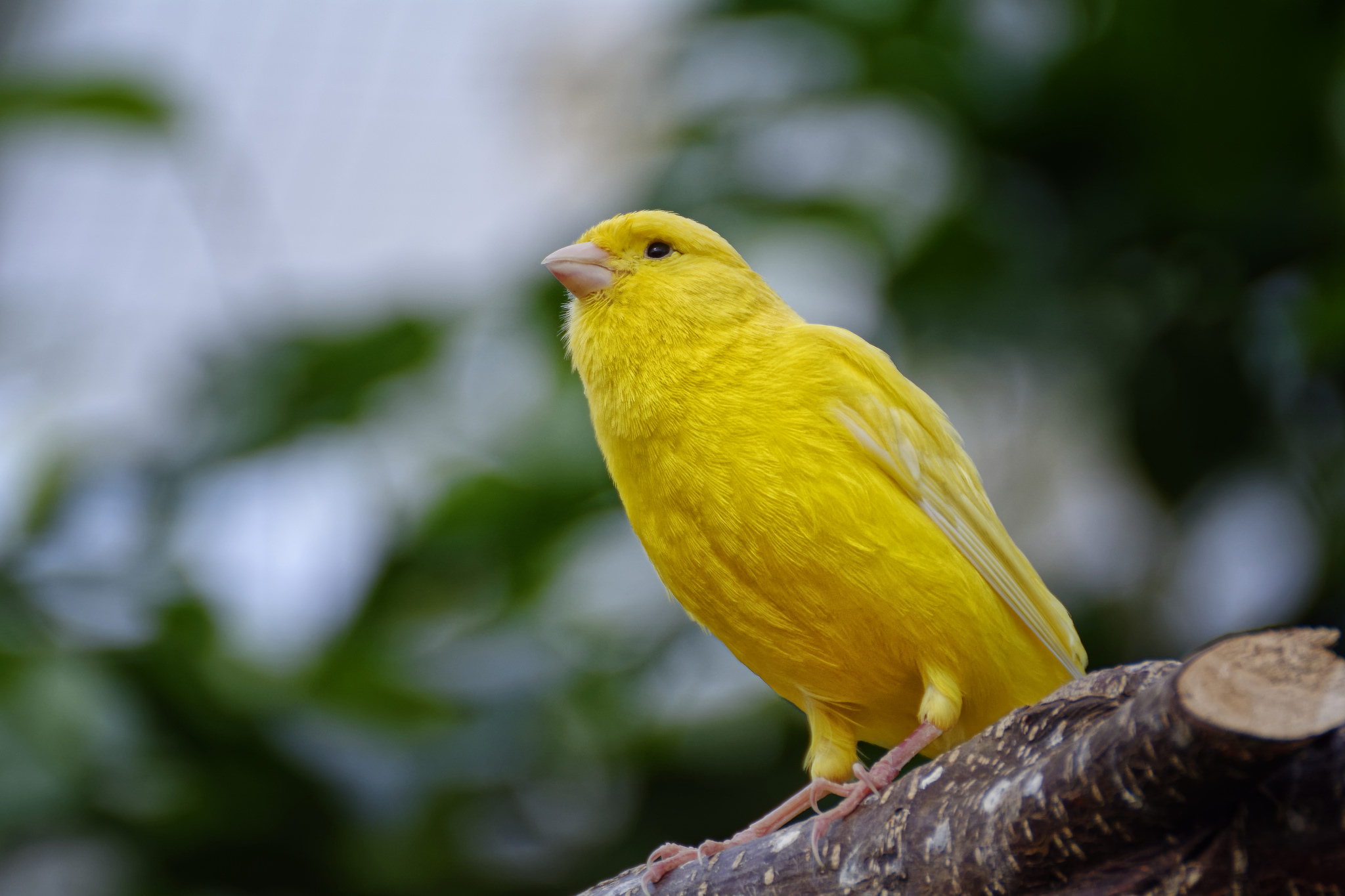
guillarmodi (Roberts, 1936) – highlands of Lesotho flaviventris ( Gmelin, JF, 1789) – extreme south Namibia and west, southwest South Africa damarensis ( Roberts, 1922) – southwest Angola, Namibia, Botswana and central north South Africa In the reorganisation to create monophyletic genera, Serinus was split and a number of species including the yellow canary were moved to the resurrected genus Crithagra that had originally been introduced in 1827 by the English ornithologist William Swainson. The yellow canary was formerly placed in the genus Serinus but a phylogenetic study published in 2012 found that the genus was polyphyletic.

Gmelin based his account on the "Le Gros-bec jaune du Cap de Bonne Espérance" that had been described and illustrated in 1760 by the French zoologist Mathurin Jacques Brisson. The specific epithet flaviventris is from Latin flavus meaning "yellow" and venter, ventris meaning "belly". He specified the location as the Cape of Good Hope. He placed it with the crossbills in the genus Loxia and coined the binomial name Loxia flaviventris.

The yellow canary was formally described in 1789 by the German naturalist Johann Friedrich Gmelin in his revised and expanded edition of Carl Linnaeus's Systema Naturae. It is a resident breeder in much of the western and central regions of southern Africa and has been introduced to Ascension and St Helena islands. The yellow canary ( Crithagra flaviventris) is a small passerine bird in the finch family.


 0 kommentar(er)
0 kommentar(er)
